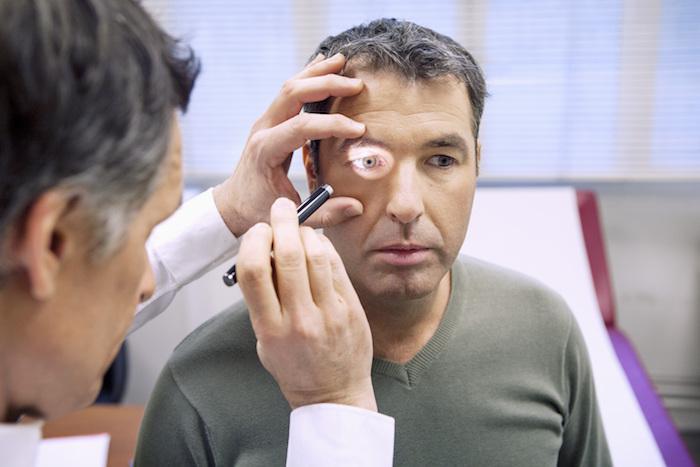Have you had to squint to make the blurriness go away when attempting to read a menu or a traffic sign in the distance? Although there are a range of conditions that can cause blurry vision, one of the most common is astigmatism. In fact, about one out of every three Americans experiences astigmatism.
In this blog, the highly skilled providers at Tayani Institute discuss astigmatism and the treatment options that are available.
What is astigmatism?
Astigmatism is a condition in which the cornea — the outermost part of the eye’s lens — is misshapen. The condition causes blurriness for both up close and distance vision.
Under normal conditions, the cornea is equally round, allowing light to bend to provide a sharp focus. With astigmatism, the cornea is not equally round. Instead, it’s more football-shaped, so the eye can’t focus correctly.
Although what causes this irregular shape in the cornea is unknown, hereditary may be a factor, as most people are born with the condition. In other instances, astigmatism can occur after an injury or eye surgery. The good news is there are many excellent treatment options for astigmatism.
Prescription eyeglasses and contact lenses
Since blurriness is a common symptom for many different vision problems, your first step to treatment is to get a comprehensive eye examination. During your exam, we’ll give you a visual acuity test to measure how well you see at various distances.
We’ll also give you a test that will measure the curvature of your cornea using an instrument called a keratometer. Lastly, we’ll give you a refraction test, which will tell us the strength of the corrective lenses you’ll need.
With this data in hand, you’ll be ready to explore your treatment options. For most people, astigmatism can be corrected with prescription eyeglasses or contact lenses. For mild astigmatism, you can choose hard contact lenses, soft contact lenses, or eyeglasses. But if you suffer from severe astigmatism, your choices may be limited to hard contact lenses or eyeglasses.
Orthokeratology
Another surgery-free approach to treating astigmatism is called orthokeratology or ortho-k. With this treatment, you get custom-designed contact lenses that reshape your corneas on a temporary basis.
You put them on at night while you sleep, and while they’re on your eyes, they correct the shapes of your corneas. When you wake up, you take off your contact lenses, and your corneas hold their corrected shape for a day or two. If you don’t put your contacts back on, your corneas will go back to their original shape.
Laser and refractive surgery
While eyeglasses and contact lenses can compensate for the misshapen corneas, laser and refractive surgery can permanently correct the cornea’s shape. Two common surgical treatment options are LASIK, which stands for laser in situ keratomileusis, and photorefractive keratectomy, or PRK.
Although they ultimately achieve the same outcome, each procedure does it differently. With LASIK, your provider reshapes the cornea by removing tissue from the inner part of the cornea. With PRK, your provider also removes tissue from the inner layer of the cornea, but your provider gets access to the inner layer by removing the outer layer of the cornea or epithelium, which ultimately grows back.
If you think you may have astigmatism or another vision issue, we can help. To learn more, book an appointment online or over the phone with the Tayani Institute today.


